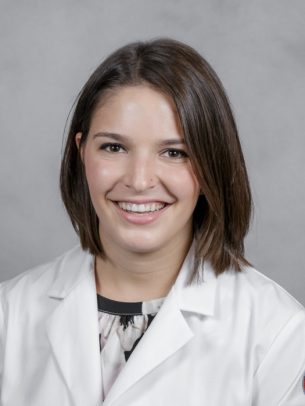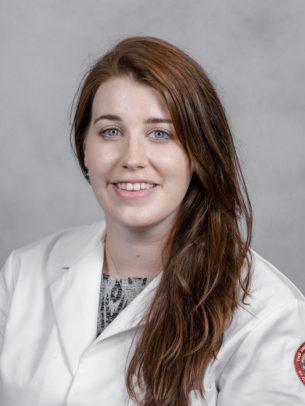UIC students spearhead AMA’s new sickle cell resolution
The American Medical Association, or AMA, accepted a resolution created by three University of Illinois at Chicago Urban Medicine program students to amend their policy on sickle cell disease.
“The AMA had a policy describing sickle cell as a chronic disease, but there weren’t any specifics on how to help children with sickle cell disease at school,” said Soobin Kim, a second-year student in the College of Medicine. “They have several guidelines for other pediatric illnesses, so we wanted to create a resolution to better accommodate children with sickle cell disease.”
The resolution, which was presented and accepted at the AMA House of Delegates meeting conference in November, covered three points of interest: supporting the development of individualized sickle cell emergency care for in-school use; providing support to educate teachers and school officials on the best practices for children with sickle cell disease; and developing an action plan to ensure that children have equal opportunities for classwork and exams when ill and be accommodated in class when dealing with crises.
According to the U.S. Centers for Disease Control and Prevention, sickle cell disease can have negative impacts on school-age children, which include experiencing pain crises, frequent urination, fatigue and decreased emotional wellbeing at school. In collaboration with the UIC Sickle Cell Center, the UIC students interviewed children and their families while formalizing the resolution.
“When we worked with the kids, they openly shared their needs with us,” said Alexandra Kenefake, a second-year student in the College of Medicine. “Many said that they wanted their teachers to better understand sickle cell — to be able to go to the bathroom and to take their pain medications without being penalized for it. One student was forced to run laps, which triggered both an asthma attack and a sickle cell crisis. The student ended up in the hospital for a couple of weeks. When not taken seriously at school, sickle cell disease has real consequences.”
Children with sickle cell often fall behind on classes due to extended periods of time being homebound or hospitalized, according to the CDC.
“Another challenge is that teachers can’t see the student is having a pain crisis, unlike a student having an asthma attack,” said Jessie Klugman, a second-year student in the College of Medicine. “Children’s pain has been brushed aside because they looked fine. So, we really wanted support for an action plan to give teachers a structured way of approaching students in a way that was healthy for the students, more equitable and made it clear to everyone how things should be handled.”
Kim, Kenefake and Klugman will continue their work by developing a website for teachers, allowing them access to knowledge about sickle cell disease and how to approach those students.
Categories
Health Sciences Colleges, Students
Topics
advocacy, AMA, children, College of Medicine, health policy, sickle cell disease, students, Urban Medicine Program



